Practicing strategic thinking
Using technology to express one’s emotions and experiences
Using technology as a part of explorative process
Practicing categorization and classification
Learning to notice causal connections
Practicing persistent working
Practicing to find ways of working that are best for oneself
Practicing to take responsibility of one's own learning
Practicing to set one's own learning goals
Practicing to evaluate one's own learning
Learning to find the joy of learning and new challenges
Creating requirements for creative thinking
Practicing creative thinking
Practicing to improvise
Encouraging students to be innovative and express new ideas
Practicing to use imagination and to be innovative
Practicing to use imagination and to be innovative
Developing problem solving skills
Learning to find solutions in social conflicts
Learning to recognise and evaluate arguments and their reasonings
Practicing to notice causal connections
Practicing to create questions and make justifiable arguments based on observations
Practicing to look things from different perspectives
Practicing to plan and execute studies, make observations and measurements
Learning to face failures and disappointments
Encouraging the growth of positive self-image
Learning to build information on top of previously learned
Encouraging to build new information and visions
Learning to combine information to find new innovations
Practicing to notice links between subjects learned
Learning to face respectfully people and follow the good manners
Learning to understand people, surroundings and phenomenons around us
Practicing to work with others
Practicing to argument clearly own opinions and reasonings
Learning to listen other people’s opinions
Practicing communication through different channels
Practicing to express own thoughts and feelings
Practicing to give, get and reflect feedback
Enabling the growth of positive self-image
Encouraging positive attitude towards working life
Practicing time management
Learning consumer knowledge and smart economics
Learning to plan and organize work processes
Practicing decision making
Practicing versatile ways of working
Connecting subjects learned at school to skills needed at working life
Realizing the connection between subjects learned in free time
and their impact to skills needed at worklife
Practicing logical reasoning to understand and interpret information in different forms
Using technology as a part of explorative and creative process
Learning to acquire, modify and produce information in different forms
Practicing to use information independently and interactively
Practicing to find, evaluate and share information
Learning to plan and design own written content and textual representations
Using technology resources for problem solving
Using technology for interaction and collaboration
Using technology for interaction and collaboration (also internationally)
Practicing keyboard skills and touch typing
Practicing to recognize and express feelings
Getting familiar with different cultures
Learning about cultural aspects and to respect different cultures
Learning about different countries and their characteristics
Practicing to use foreign language as a communication tool
Learning to understand the meaning of rules, contracts and trust
Understanding and interpreting of matrices and diagrams
Building common knowledge of technological solutions and their meaning in everyday life
Using technological resources for finding and applying information
Practicing to observe spoken and written language
Practising visual recognition



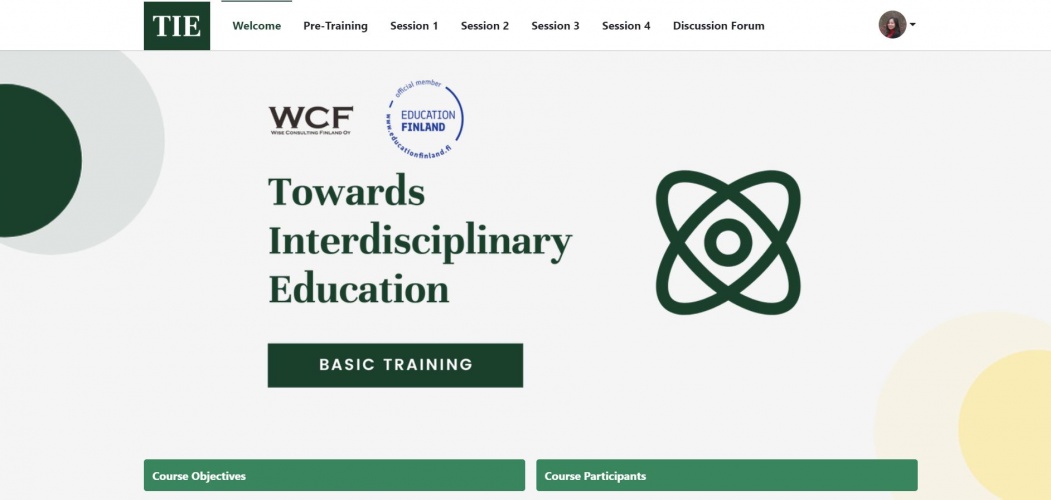
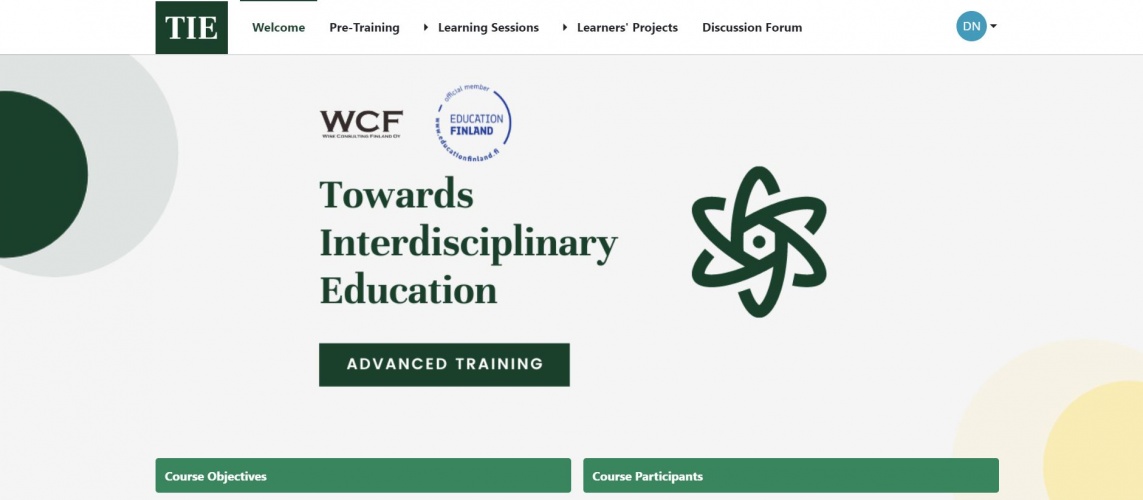
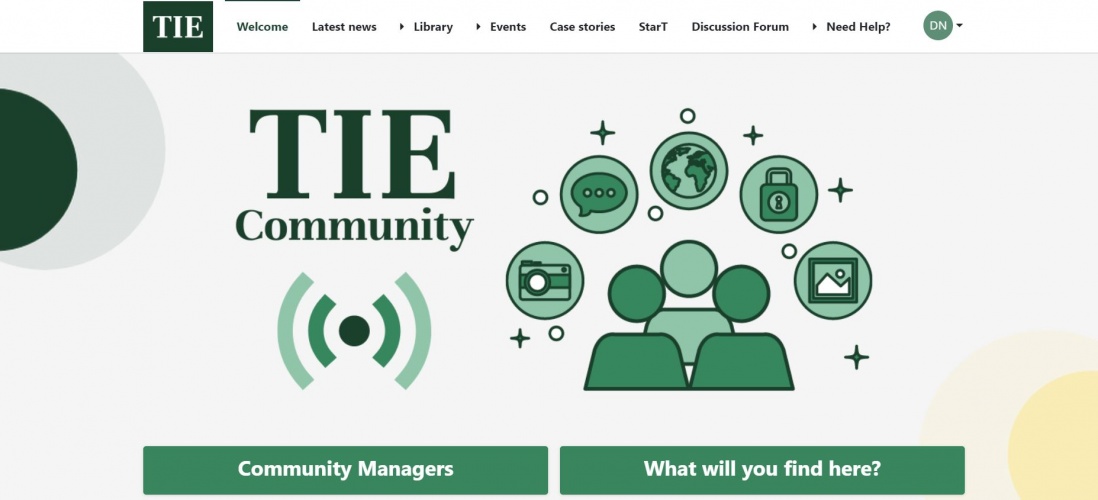
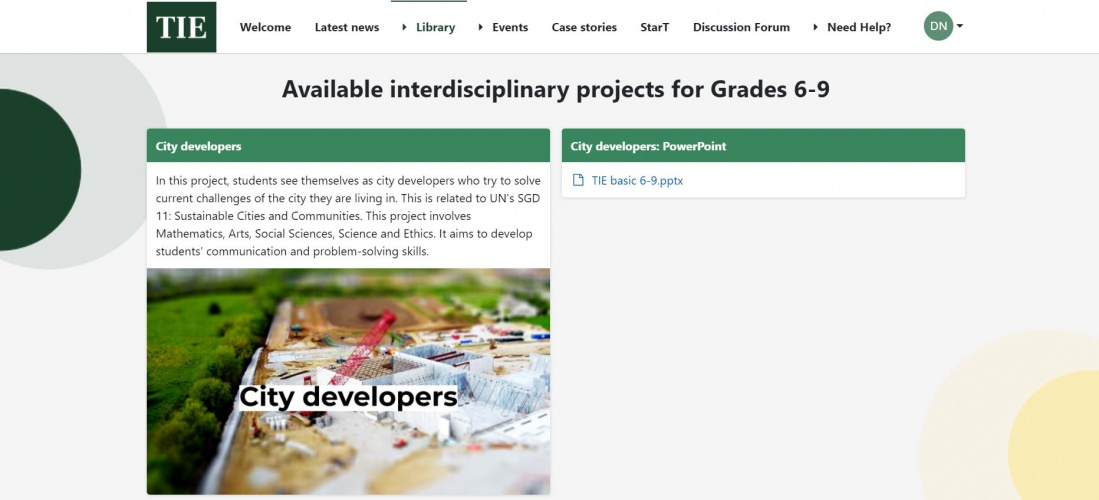
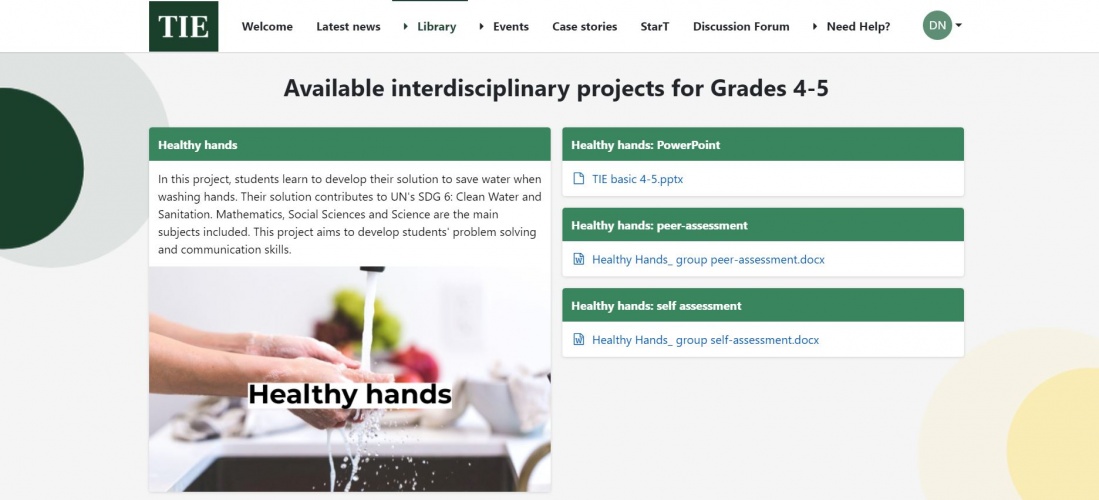
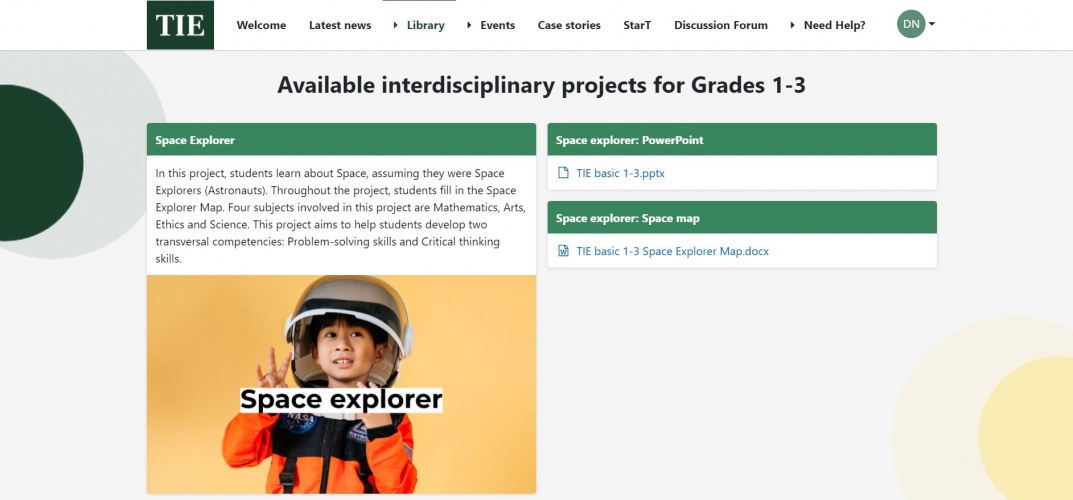
User reviews for TIE - Towards Interdisciplinary Education Programme
You need to log in to post a review.